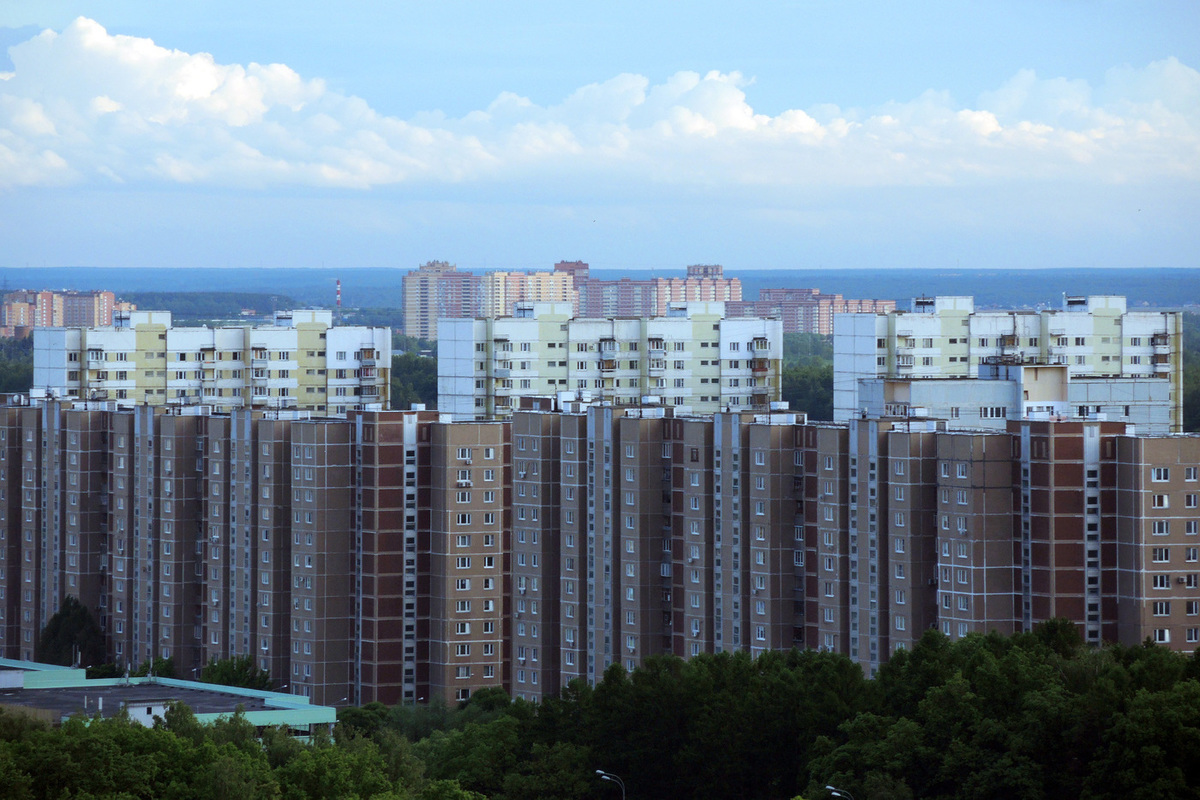Preferential mortgage recognized as harmful: the main disadvantages are named
[ad_1]

It is more difficult for the state to finance the budget, for citizens to service loans
An excessively high share of preferential programs in the mortgage market is an evil and a breeding ground for all sorts of risks, including budget ones. This is the basic thesis of the Ministry of Finance, which indicates the inadmissibility of the current situation. According to Siluanov’s department, in 2023-2025, additional tens of billions of rubles will be needed to finance state obligations on preferential mortgages. But where to get them in the conditions of a deficit budget and an acute shortage of money from the state?
The Ministry of Finance stated its assessments in comments to the recommendations of the Federation Council Committee on Budget and Financial Markets following the results of a round table held at the end of April on the topic “Development of mortgage lending”. Recently, the document was sent to the Upper House of Parliament. It says that in 2022 the government significantly expanded the scope of the Family Mortgage, Preferential Mortgage, Far Eastern Mortgage and Mortgage for IT Specialists programs, which made it possible to stimulate the issuance of housing loans. Thus, for the five months of 2023, the volume of loans amounted to 1.2 trillion rubles, which is 73% higher than in the same period last year. And the number of issued mortgage loans increased by 30% over the year, to 251,000.
As a result, the Ministry of Finance states, a unique situation has developed, when almost the entire primary mortgage market consisted of preferential programs. At the same time (a key point!) housing has not become more affordable for the population: prices in the “primary” have increased by 1.7 times since 2019, exceeding the cost of the “secondary” by 27%, and increasing systemic risks for the construction and banking industries. Yes, thanks to the expansion of state support, the average interest rate on mortgage loans has decreased – from 9.95% in 2019 to 7.12% in 2022. But this positive effect was completely offset by the rise in real estate prices.
The volume of mortgage loans issued under preferential programs significantly exceeds the expectations of the Ministry of Finance at the time of the preparation of the federal budget for 2023 and for the planning period of 2024-2025. In combination with a likely increase in the key rate of the Central Bank, this will lead to a shortage of funds for servicing preferential programs, the department notes. According to his forecasts, in 2023-2025, an additional 171.5 billion rubles will need to be allocated from the treasury, including 74.9 billion rubles for the Preferential Mortgage program. In general, translating from financial language into everyday language, the Ministry of Finance proposes to close a shop called “preferential mortgage” …
“There have been talks about preferential mortgages distorting the market for more than one month,” says Nikita Maslennikov, a leading expert at the Center for Political Technologies. – The theses of the Ministry of Finance are absolutely fair: there is a high probability that the budget deficit, which is now 3.4 trillion rubles, will not meet the annual parameters previously set by the government of 2% of GDP. As Siluanov noted at SPIEF, the volume of the deficit will be determined by the size of government spending. As for the sources of replenishment of the treasury, there are not many of them, apart from the NWF: the current dynamics of oil and gas export revenues is not very encouraging.”
In addition, and this is indicated by the Central Bank, the overall debt load of Russians is increasing. According to statistics, 44% of all issued mortgage loans are accounted for by borrowers whose marginal debt burden (MDL) exceeds 80%. That is, a person spends more than 80% of his income on debt service. And this leads to destimulation, to the undermining of consumer demand, the key driver of economic growth.
In principle, argues Maslennikov, in the context of rising real estate prices, preferential mortgages largely lose their meaning, since people do not receive a certain amount of square meters. Relatively speaking, initially you were counting on an apartment of 60 “squares”, but in the end you were able to buy housing with an area of 50 “squares” with your own money. Considering all the circumstances, the most resource-intensive (for the state) preferential mortgage programs will most likely be curtailed.
“I agree with the Ministry of Finance: the abundance of such subsidized programs has become a counterproductive phenomenon,” says Artem Deev, head of the analytical department of Amarkets, for his part, “I think we can expect their partial curtailment or reduction in volumes. Neither the state nor the citizens benefit from them today. As the Ministry of Finance calculated, if in 2019 it would take a person with an average income 7.5 years to fully pay off a mortgage loan, then in 2022 it will take 9.7 years.”
[ad_2]
Source link






